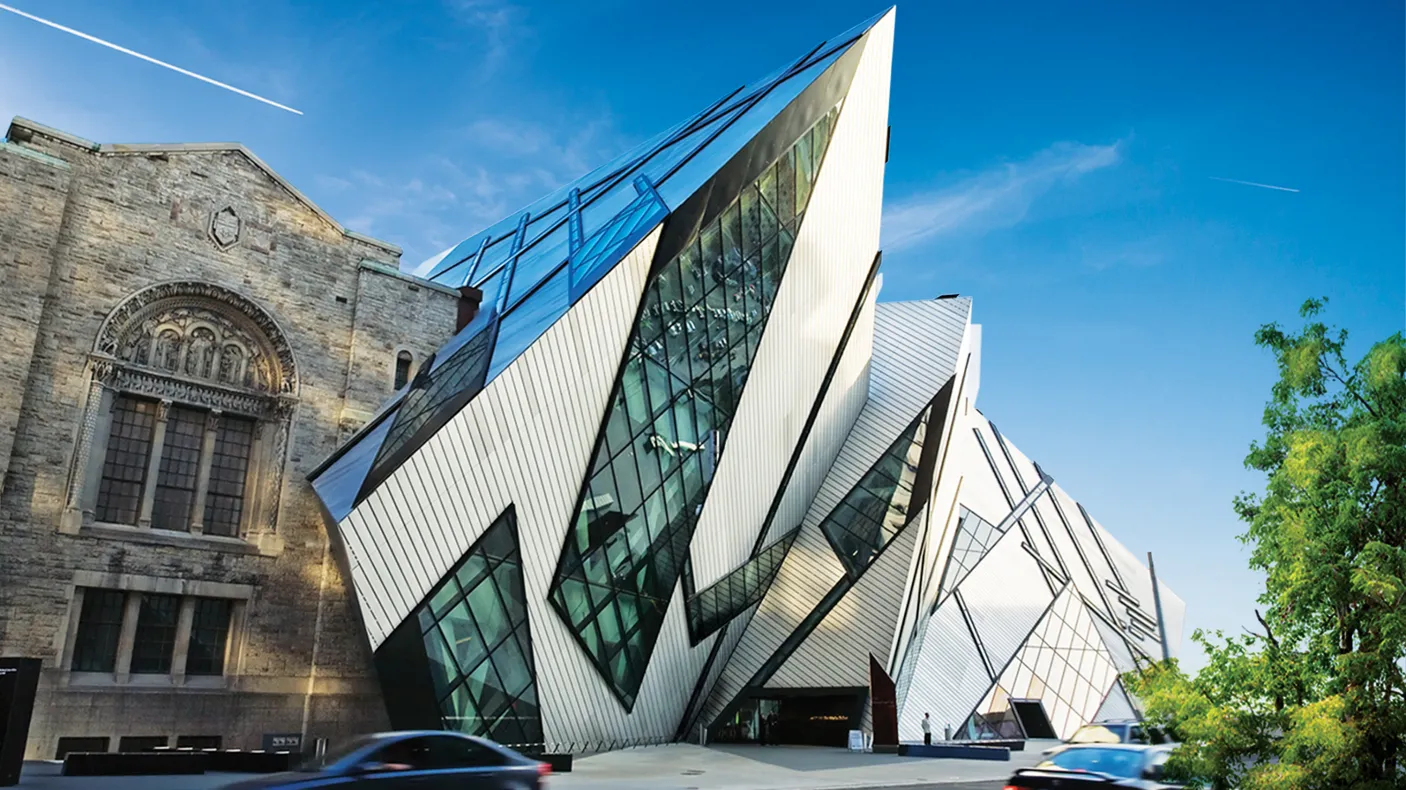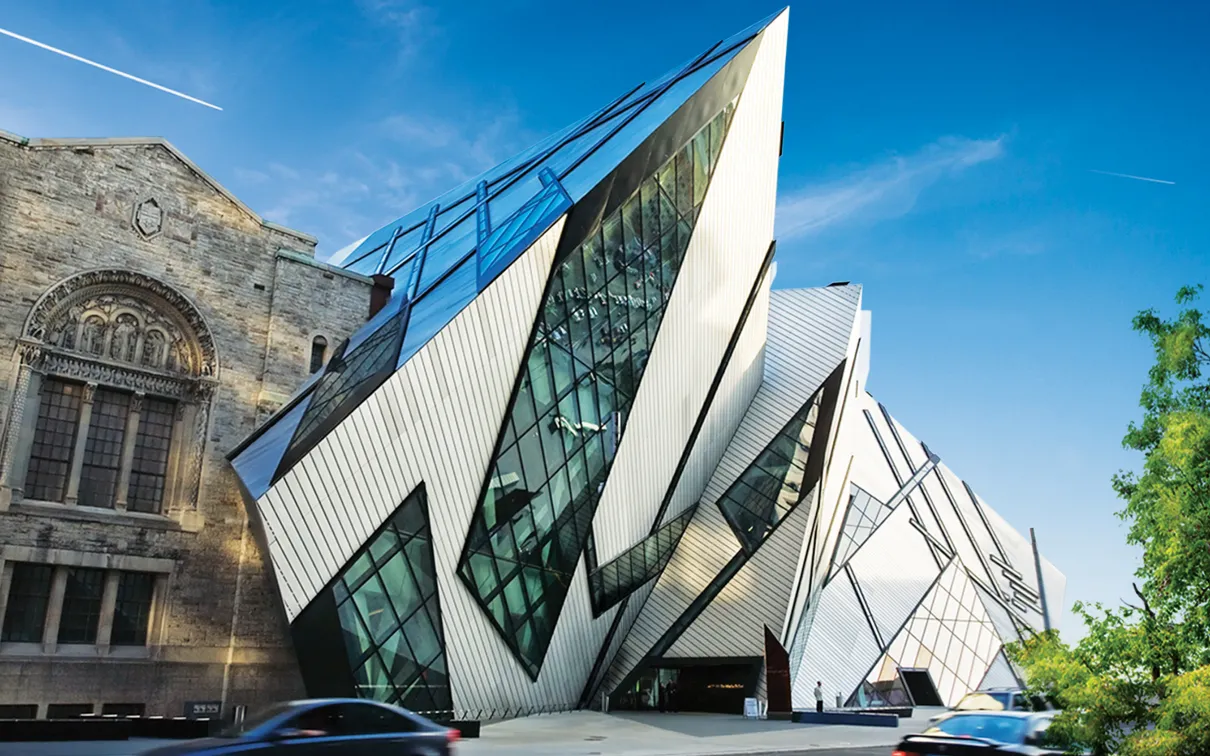Wirth Gallery of the Middle Eastopens at the ROM on February 16, 2008
Published
Category
Press Release
The Royal Ontario Museum (ROM) is proud to announce the opening of the Wirth Gallery of the Middle East, named in honour of Alfred Wirth, in appreciation of his generous support of Renaissance ROM and the Royal Ontario Museum. The gallery, located on Level 3 of the Michael Lee-Chin Crystal, is scheduled to open February 16, 2008.
Alfred Wirth says, “Museums have an important role to play in furthering our understanding of ourselves, and of each other. The ROM does an excellent job of this through its diverse holdings. I am delighted that the Middle Eastern collections will be displayed in the Wirth Gallery of the Middle East, as so much of our civilization originates from this region.”
William Thorsell, the ROM’s Director and CEO, responds, “When making his generous pledge to the Museum, Alfred Wirth challenged others to give. As a result, new support for the Renaissance ROM campaign was generated as others took up the challenge. With extreme gratitude of this giving gesture, the ROM has proudly named the Wirth Gallery of the Middle East in Alfred Wirth’s honour.”
"As inaugural season sponsor, it has been our pleasure to support the ROM as it brings this fascinating Michael Lee-Chin Crystal gallery to the public,” said Gerry McCaughey, President and Chief Executive Officer of CIBC. “We are very proud of our long history of support for this world-class museum, and of this year-long partnership as the ROM enters this exciting new phase in its history.”
The Wirth Gallery of the Middle East is a 4,052 square foot (380 square metre) exploration of the civilizations that started in the Fertile Crescent and beyond, including the current day regions of Afghanistan, Egypt, Iran, Iraq, Israel, Jordan, Lebanon, the West Bank, Syria, Turkey, and Yemen.
The diverse display of more than 1,000 artifacts examines the region’s contributions to both eastern and western civilizations through culture and technology from the Palaeolithic Age to AD 1900. The gallery comprises five main sections focusing primarily on Arms & Armour, Arts In Life, Documents and Writing, Technology, and Ancient Spirituality & Religion. The gallery also shares a temporary exhibition space with the adjacent Christopher Ondaatje South Asian Gallery to showcase objects from the ROM's Middle Eastern and South Asian collections.
Krzysztof Ciuk, Assistant Curator, Material Culture of Islam, in the ROM’s World Cultures department, says, “In creating the new Wirth Gallery of the Middle East, the curatorial team has attempted to illustrate the wide and varied aspects of the history of the lands which, both in the past and presently, remain under cultural and religious influence of the Fertile Crescent, Mesopotamia, and Levant. Our approach is essentially a thematic one, highlighting a number of fundamental themes, from economic to artistic to spiritual, to examine the diverse peoples and cultures of the Middle East.”
The Ancient Spirituality & Religion section explores the beginnings of humankind’s expression of faith through ancient practices. A collection of rotund clay female figurines dated to the 4th millennium BC, stone plaques of winged spirits and demons from the 1st millennium BC and bronze worshipper statuettes belonging to ancient Sumerians, illustrate the spiritual iconography of early polytheistic cultures. The display of Jewish ossuaries and Christian and Islamic religious objects demonstrate the arrival of the three great monotheistic religions: Judaism, Christianity and Islam.
In the ancient Middle East, Phoenicia, around 1700 BC, was the birthplace of the first true written alphabet. The Documents and Writing section conveys a history of script development, beginning with Babylonian cuneiform tablets (21st – 16th century BC) through to samples of religious manuscripts in Arabic (circa 18th – 19th century AD). The Technology section emphasizes the evolution from crude stone implements of early humans to the mastery of craftsmen working in wood, stone, metal, and glass. This section accords much attention to early pyrotechnology – the use of heat to change the properties of material. Among the oldest objects on display in this gallery is a chopper tool of Abu Oda, Egypt. Made of quartzite, the tool is dated to the Lower Palaeolithic era, approximately 2.6 to 1.4 million years ago.
Through history, craftspeople have transformed utilitarian objects into things of beauty. Arts in Life showcases a stunning collection of pottery, jewellery and domestic objects which highlight the use of human figures, narrative scenes, embellishment and geometric shapes in illustration and sculpture. The changing styles of Islamic art and the artistic influences of the Ottomans are featured in this section. A plaque, carved in ivory and featuring an advancing bull is displayed in this section. Originating in Nimrud, Iraq, the plaque is dated to the Iron Age, 7th century BC.
Arms & Armour highlights important developments in warfare. The invention of the bow and arrow, and the adoption of horses for riding are two of the most significant things influencing conflict. An impressive display of armour and weaponry demonstrates the military strength of the Ottoman Turkey, Safavid Persia, and Mughal India, three great empires of the past. A steel dagger from Luristan, Iran, circa 10th-7th centuries BC, is among this section’s highlights.
Also opening on February 16 is the Sir Christopher Ondaatje South Asian Gallery, presenting the ROM’s renowned collections of the artistic and cultural traditions of South Asia. Spanning over 5,000 years, each artifact reveals aspects of South Asia’s long and diverse history. Nine thematically organized exhibit areas showcase the ROM’s outstanding collection of South Asian religious objects and sculpture, decorative arts, arms and armour, miniature paintings and textiles, originating from countries including Afghanistan, Bangladesh, India, Nepal, Pakistan, Sri Lanka, and Tibet.


